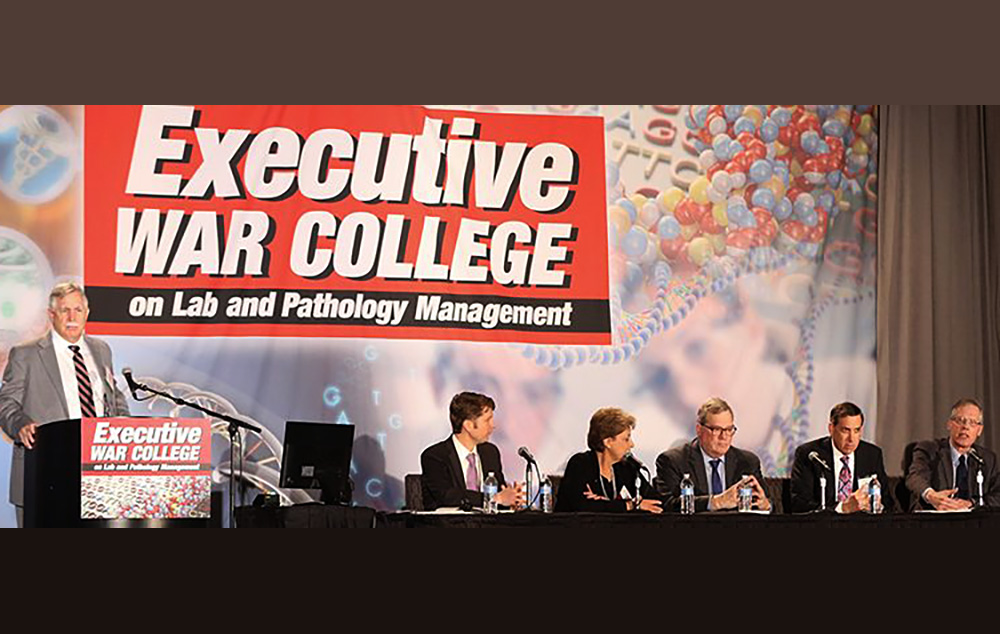The 2019 Executive War College Conference on Lab and Pathology Management generated record attendance with meeting rooms filled by senior leaders from diagnostic labs from across the world. We believe such active participation and engagement validates the growth and M&A opportunities across the sector. Despite significant changes in the lab industry since last year’s conference (see Intrepid’s 2018 insights here), we observed many similar takeaways during this year’s discussions:
Increasing Consumerism
Healthcare consumers continue to take greater control of their health and corresponding medical spend, even in diagnostics. This trend has captured the attention of investors and larger lab players, as evidenced with the rise of direct to consumer testing labs such as Everlywell (which recently raised $50 million for expansion) and the launch of direct-to-consumer (D2C) programs such as QuestDirect from Quest as well as Pixel from Lab Corp. Many expect the industry to further benefit if diagnostic companies can remove barriers to consumer access to testing through convenient retail-based draw sites or private at-home testing. Interestingly, some senior executives of large labs with D2C offerings dispelled the myth that younger millennials mostly drive this segment’s growth. A handful of executives mentioned that their labs are seeing D2C growth from nearly every age segment, demonstrating the importance for labs to consider the rising opportunity driven by consumerism.
Speed and Innovation to Drive Differentiation
As the pace of innovation increases, labs need to continuously reevaluate their processes, turnaround times and operational efficiencies to drive customer service excellence and attractive financial performance. Further, with continued revenue pressures from PAMA, labs that seek to attract strategic buyer interest or capital investment must develop strategies to either improve their margins, explore niche markets for growth or develop innovative tests to differentiate themselves from labs pursuing the same traditional paths. We are aware of several successful labs that are now generating exceptional results because they are disrupting conventional go-to-market approaches.
Age of Evidence; The Data Matters
With the advent of personalized medicine, payors, clinicians and consumers are increasingly demanding greater evidence of outcomes and value. Can this diagnostic test share a result that will improve care outcomes and/or alter a pathway? Can it help reduce costs? These questions are driving the increasing need to monitor and understand such important factors with strong lab information management systems (LIMS) and IT backbones. Without the power of data and information, many labs will find themselves facing significant challenges to grow revenue or achieve operational improvements.
Consolidation at all Levels
In addition to the ongoing talks of consolidation among lab operators, executives also highlighted broader healthcare consolidation trends and their impact on the industry. Deals ranging from the CVS and Aetna mega-mergers to hospital system consolidation and ongoing physician practice roll-ups all entered the conversation. Many lab and diagnostics executives felt the need to “bulk-up” themselves to remain competitive against larger consolidating customers with greater purchasing power. Further, this ongoing wave of consolidation brings to the forefront topics that labs must consider, such as value-based reimbursement, narrow networks and delivering clinical outcomes.
We left the Executive War College with a strong sense of optimism for the industry players that are willing to tackle and redouble their efforts against the industry’s potential headwinds and turn them into opportunities for innovation and improvement. As Albert Einstein said: “It's not that I'm so smart, it's just that I stay with problems longer.”
